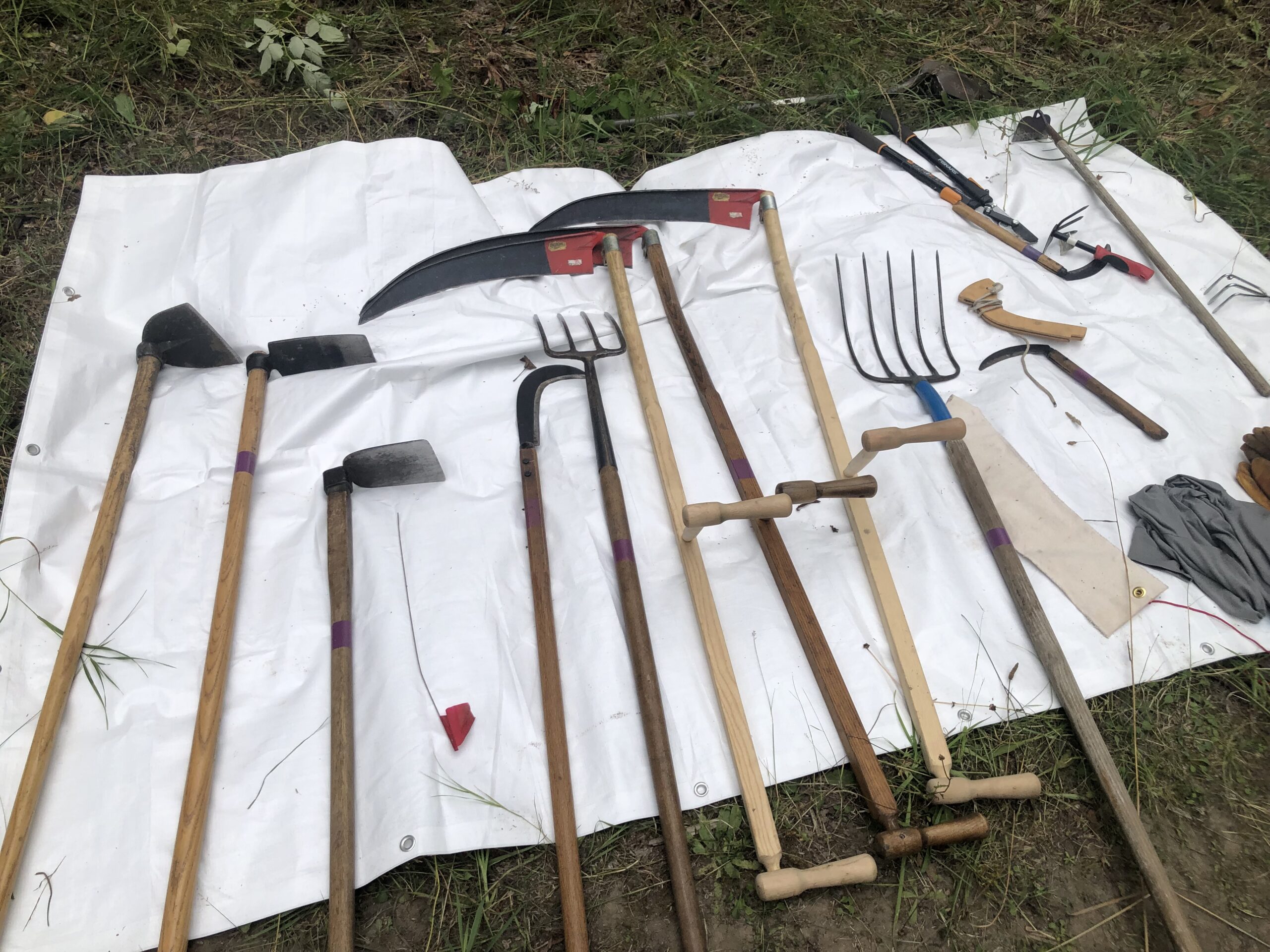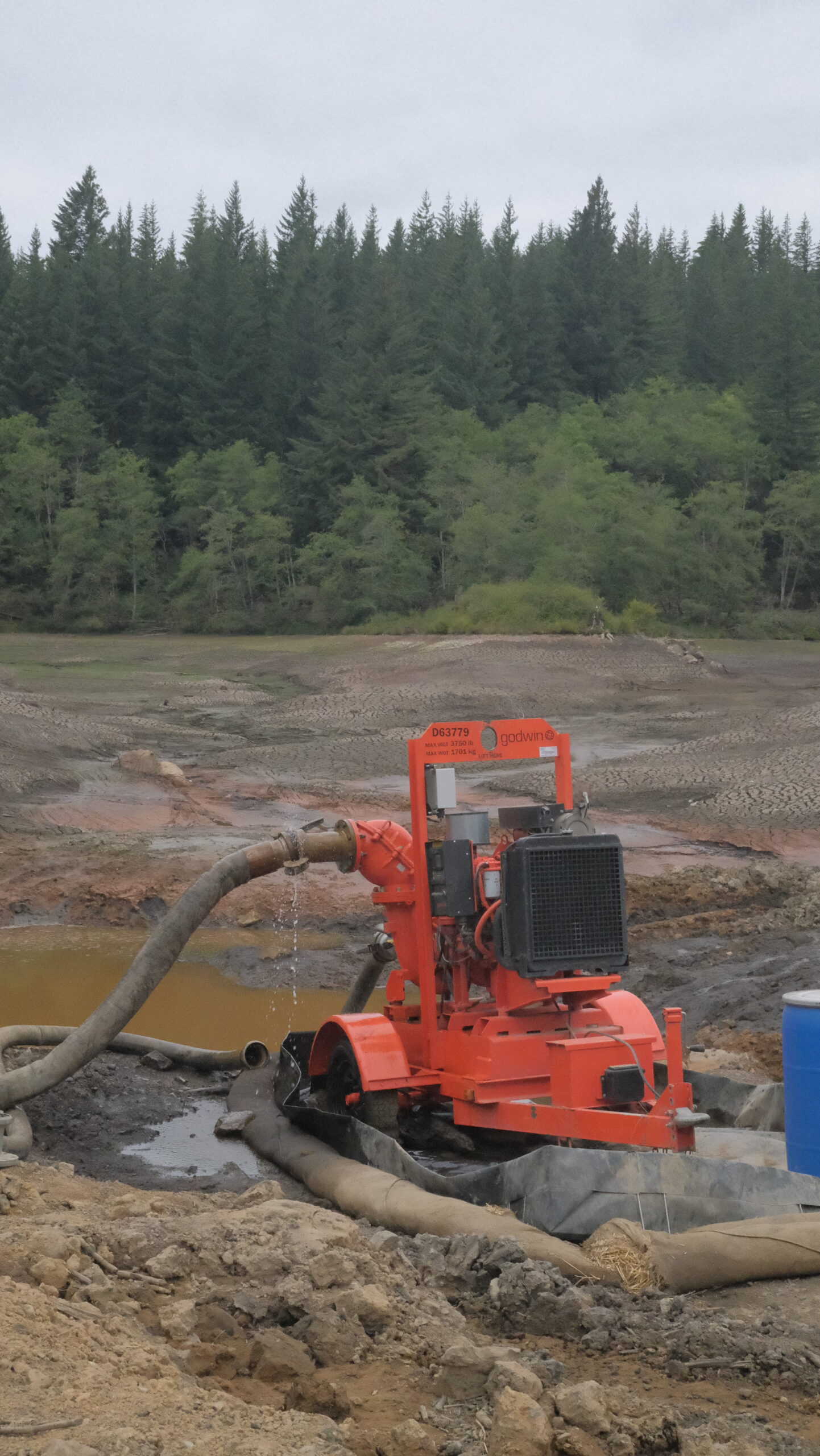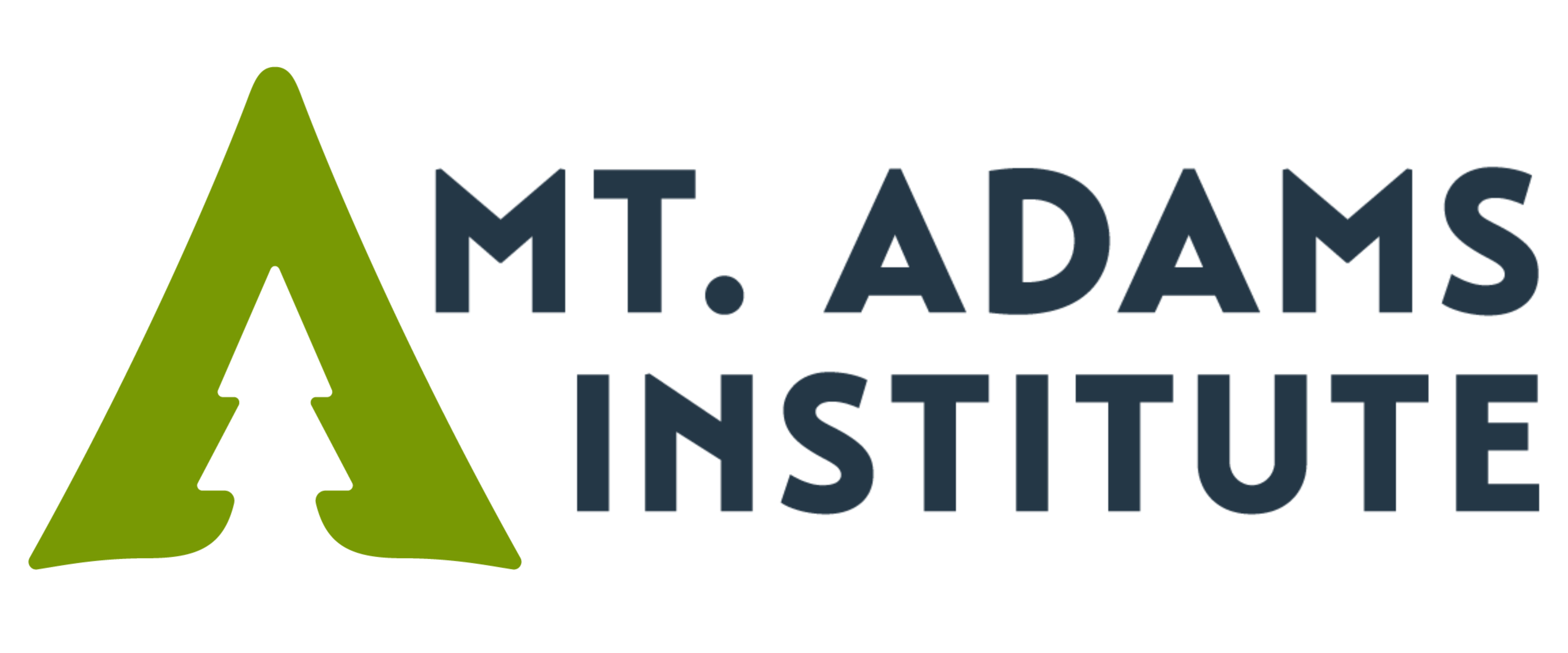
Over the course of his internship Cooper Roberts learned a lot. Like…a lot, a lot. And he also helped to teach his supervisor some things along the way!
“We threw him in the deep end of a mid-career GIS analysis process…a lot of times I felt like I was the guy on the side of the pool saying, “swim, swim!”…after shoving him in…These were advanced concepts he was learning,” said Paul Cereghino, Cooper’s Supervisor.
“It felt like every week was a new question, a new frame of understanding about really complex concepts that I had no experience in,” said Cooper.
But instead of hitting the fetal position as many might have, Cooper, a soft spoken powerhouse serving as a VetsWork Intern at the NOAA Restoration Center in Lacey, WA, chose to approach the situation with curiosity, a drive to learn, and a desire to keep the ball rolling on important projects. And so he resolved to spend his internship learning nearshore ecology, ecosystem service modeling, and GIS skills. Doing everything from coding, to installing log jams to conducting complex habitat assessments and documentation processes necessary to gain footing for vital restoration projects.
He also learned how to collaborate and navigate a multi group work place, where he had to work with everyone from scientists to project management and leadership. All while learning to adjust to a new place and a new community.
In short: he was a very busy guy these past 11 months.
During his internship Cooper:
- Assessed 5 miles of aquatic/riparian habitat
- Reviewed 16 habitat designs
- Supported 40 Section 106 documentation packages supported (Section 106 requires Federal agency heads to take into account effects of their proposed undertakings on historic properties)
- Completed 3 NEPA inclusion analyses (National Environmental Policy Act, a US law that requires federal agencies to consider the environmental impact of their actions)
- Reviewed 18 federal funding proposals
- Created 14 maps to support conservation efforts
- Conducted GIS analysis for a Habitat Equivalency Analysis Heatmap, helping assess critical salmon habitats
- AND Collaborated with NOAA scientists to refine submerged aquatic vegetation mapping for eelgrass, kelp, and algae.
“I was amazed..no matter how hard it was he never lost that curiosity about how things fit together,” said Paul.
Through his work Cooper even helped his supervisor improve his understanding of GIS!
“He changed and improved and enhanced my understanding of GIS…I actually learned coding from him. I learned more about model builder and we had lots of conversations about AI integration and I’m thinking about that a lot more.”
Overall, the experience was mutually enriching.
“Paul really made it easy to understand these complex things. He was so approachable and accommodating of my needs and my work. I’m continuing school but it was really great to get this perspective. I’m really appreciative to Johannah and everyone on the MAI team for supporting me as well, and the other interns Chris and Taryn. Thank you all,” said Cooper.
🌎🐟 Thank you, Cooper, for your service and commitment to environmental stewardship!
Learn more about Cooper’s story about his childhood in central Indiana, his enlistment, his time as a carpenter, farmhand and much more by clicking here.
Want to hear more from Cooper? Keep reading for Cooper’s field notes:
Field Notes

My name is Cooper Roberts, and I have been serving as an intern at the NOAA Restoration Center in Lacey, WA, through the Mt. Adams Institute for the past seven months. My role involves applying spatial analysis skills to support the development of Habitat Equivalency Analysis (HEA) models, which assess the impact of habitat loss and the benefits of restoration projects for species such as juvenile salmonids. This work has enabled me to collaborate closely with experts in ecology and regulatory frameworks, expanding my understanding of the technical and analytical aspects of habitat restoration.
My experience has also included hands-on fieldwork, from assisting with log jam installations to conducting fish exclusion activities before restoration projects commence. I have sought opportunities to engage with local nonprofits and conservation groups, contributing to efforts such as noxious weed removal and supporting community-based restoration initiatives. This position has provided me with a broad view of the restoration process, from geoprocessing spatial datasets to working alongside community partners and other professionals dedicated to enhancing habitat conditions.
Serving at the NOAA Restoration Center has been an opportunity to build practical skills in GIS and restoration science while contributing to meaningful environmental outcomes. The internship has allowed me to engage with a diverse range of professionals and projects, sharpening my focus on a career in the field and reinforcing the value of collaborative, science-based approaches to habitat restoration.

